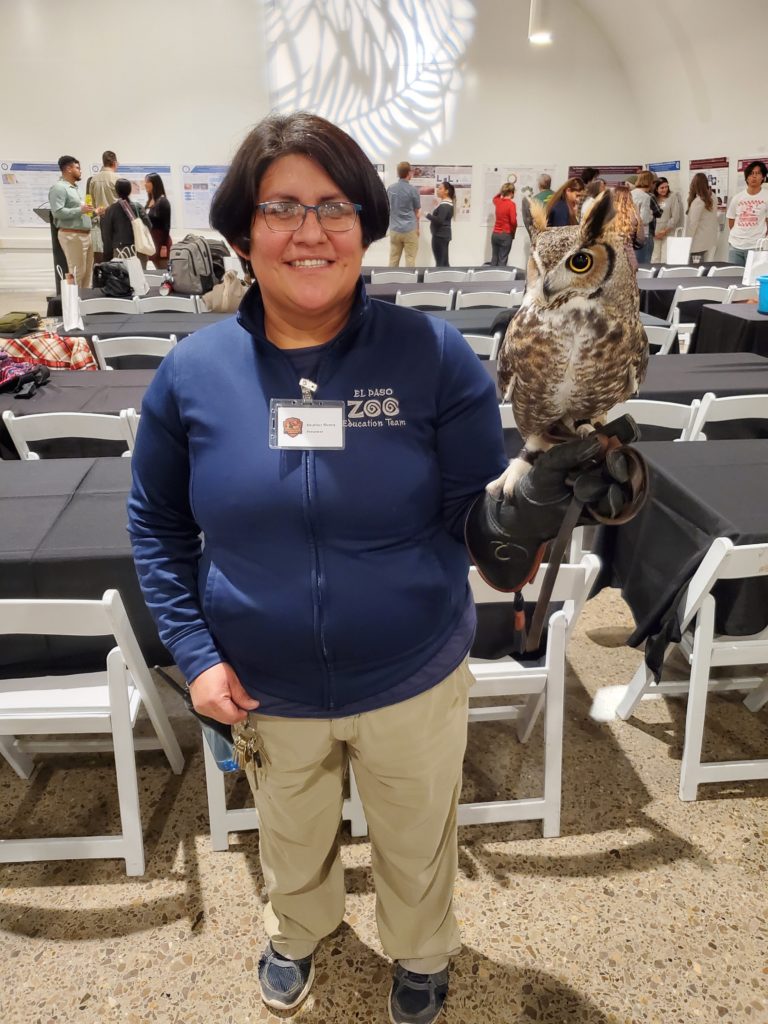
The El Paso Zoo recently transformed into a nexus of environmental dialogue and collaboration, playing host to the Chihuahuan Desert Conference. This gathering brought together passionate individuals and experts from various fields, all united in their mission to conserve the wildlife and habitats of the Chihuahuan Desert. The week-long event was a deep well of knowledge, brimming with educational presentations, heartfelt discussions, and interactive exhibits.
John Sproul, the curator of Rio Bosque Wetlands Park, set the stage with a fascinating foray into the world of the American Beaver. His session wasn’t just a tracking of their patterns; it was an intimate portrayal of their vital role in the ecosystem. Sproul’s dedication to studying these creatures helps highlight the intricate web of life within the wetlands, a cornerstone in the larger conservation narrative.
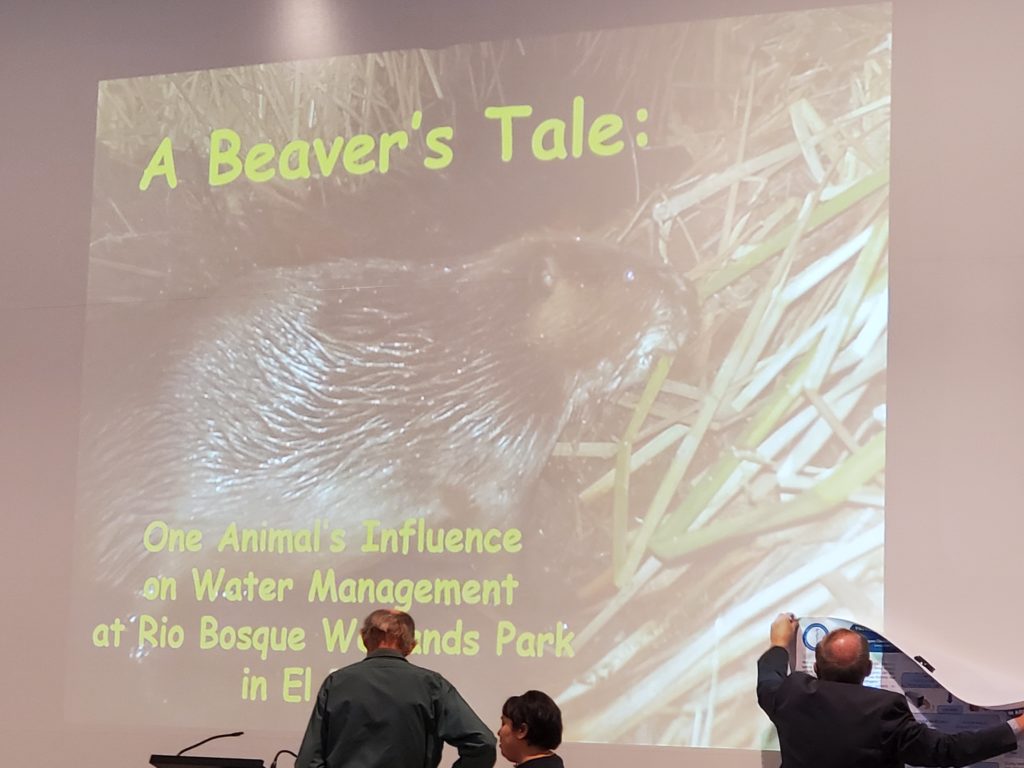
Perhaps the most poignant topic was the plight and hope of the Mexican Grey Wolf. The conference detailed the species’ historical journey, from the brink of extinction to the current efforts to reintroduce pups into the wild. It was a saga of survival, fraught with challenges such as genetics, human-wildlife conflict, and legal battles. Yet, the resolve of conservationists shone through, a beacon of hope for this emblematic predator of the desert.
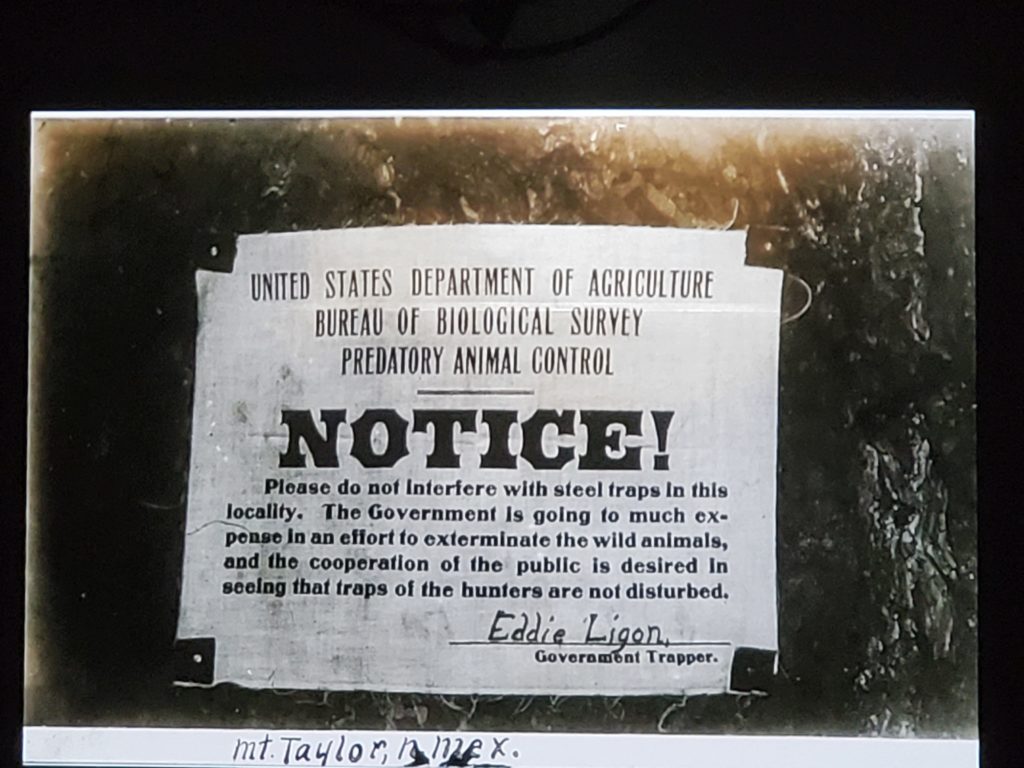

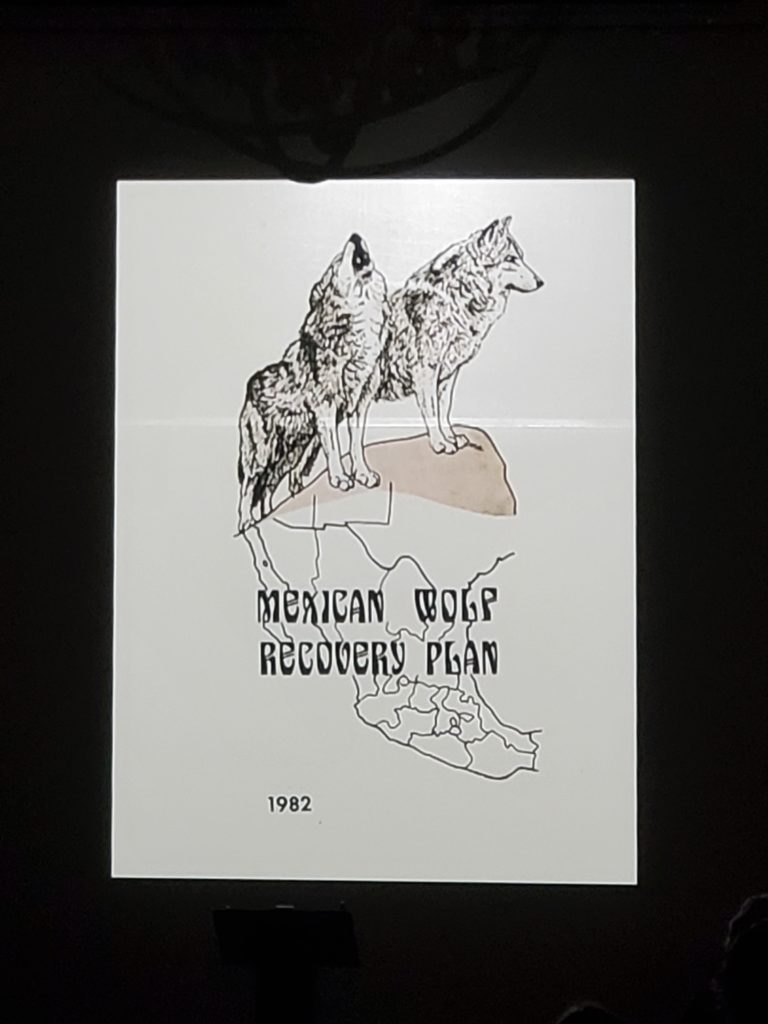
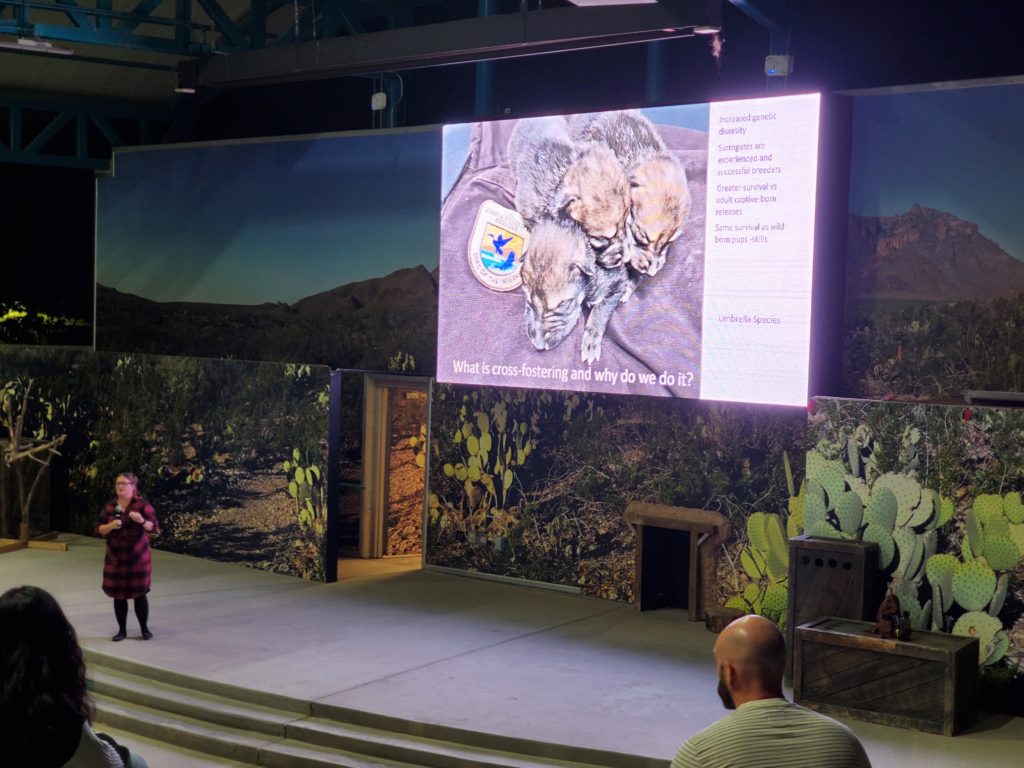
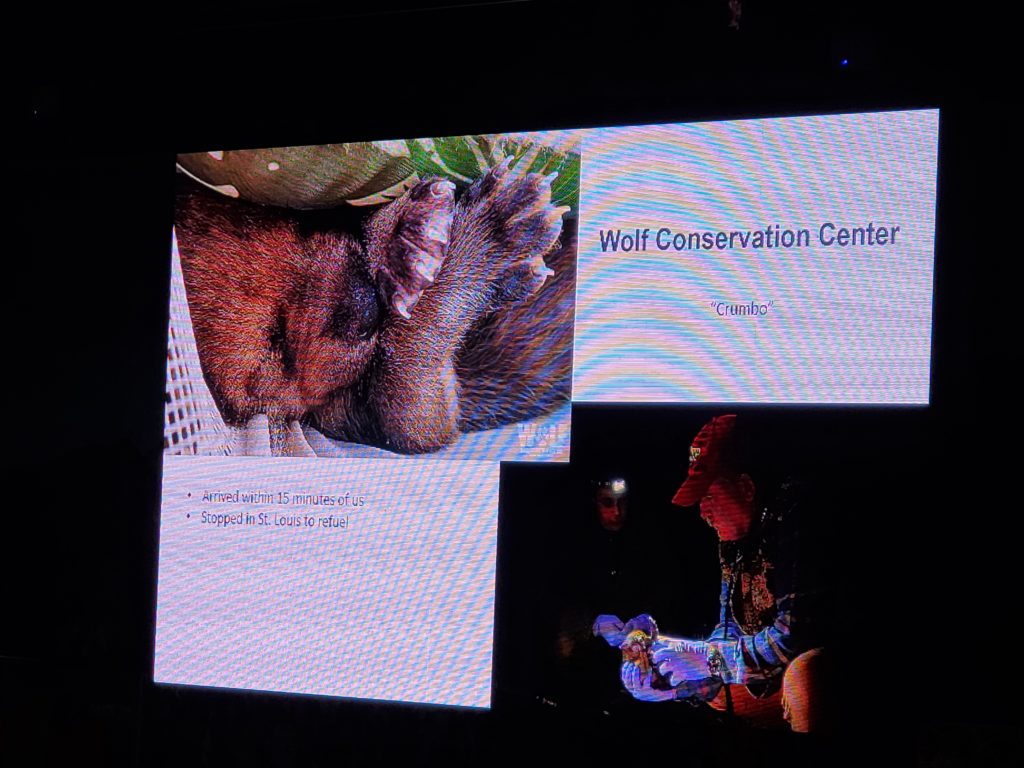
An urgent discussion followed on the controversial border wall and its effects on wildlife migration. The wall, a structure with significant political and social implications, was scrutinized from an ecological perspective. The presenters proposed innovative surveillance technologies as alternatives to the physical barrier, which could provide security without disrupting the natural movements of wildlife, particularly large predators like mountain lions and bobcats.
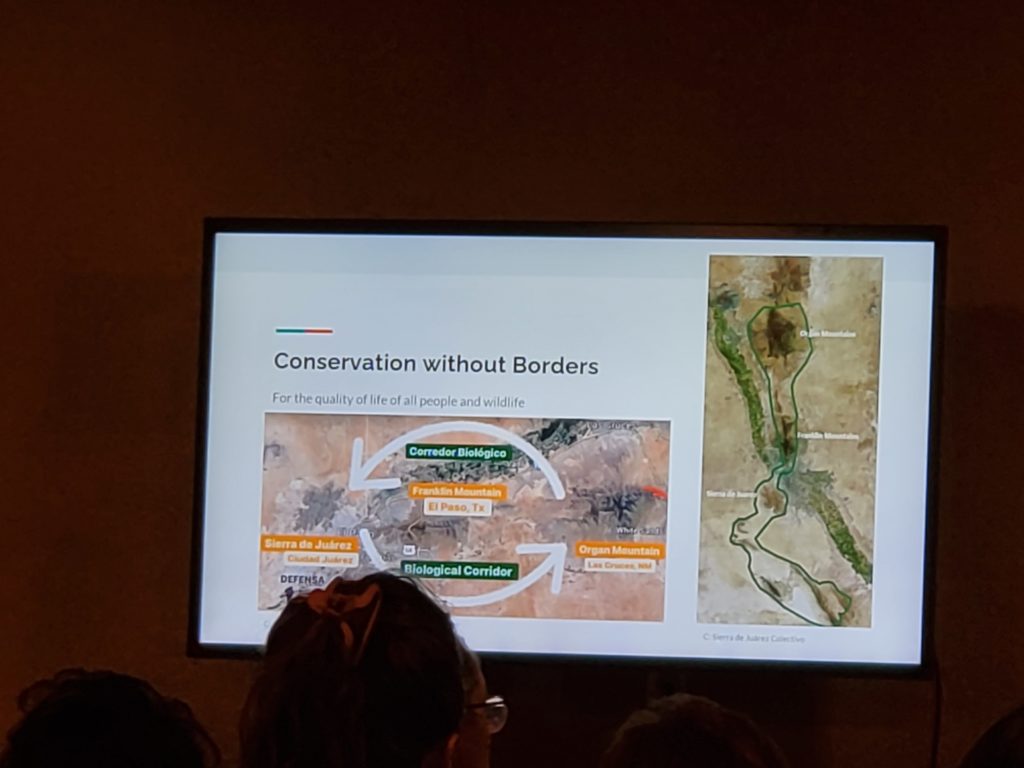
The conference also cast a light on the lesser-known impact of light pollution on avian migration patterns. With nocturnal skies becoming increasingly bright, migratory birds face disorientation and peril. Solutions were offered, including the adoption of bird-friendly lighting and public education, emphasizing the need for balance between human needs and wildlife preservation.
Heather Rivera from the El Paso Zoo captivated attendees with the introduction of her education ambassador animals. “BuckBeak” the Swainsons Hawk and “Archimedes” the Great Horned Owl were not just presented as exhibits but as living stories, connecting the audience to the broader theme of conservation through their individual tales of rescue and rehabilitation.
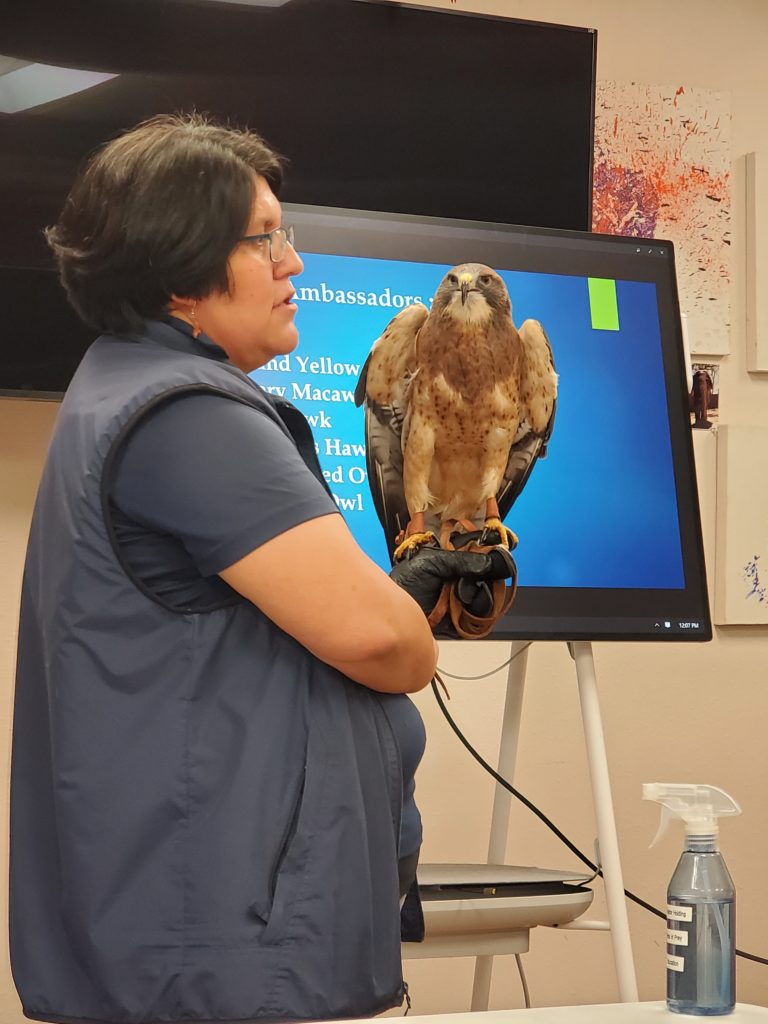
The conservation efforts for the Mexican Long Nosed Bat were particularly stirring. The community-engagement initiative to grow agave plants symbolizes a hands-on approach to conservation, linking the survival of a species to community action. This initiative not only aids in the bat’s recovery but also serves to educate the public on the importance of each species’ survival for the health of the ecosystem.
Beyond the formal agenda, the conference was a hive of informal learning and networking. Breaks and lunches turned into spontaneous think tanks, where attendees from different backgrounds shared ideas and forged alliances. The El Paso Zoo provided the perfect backdrop for these exchanges, its own transformation into a more conservation-focused institution mirroring the aspirations of the conference.
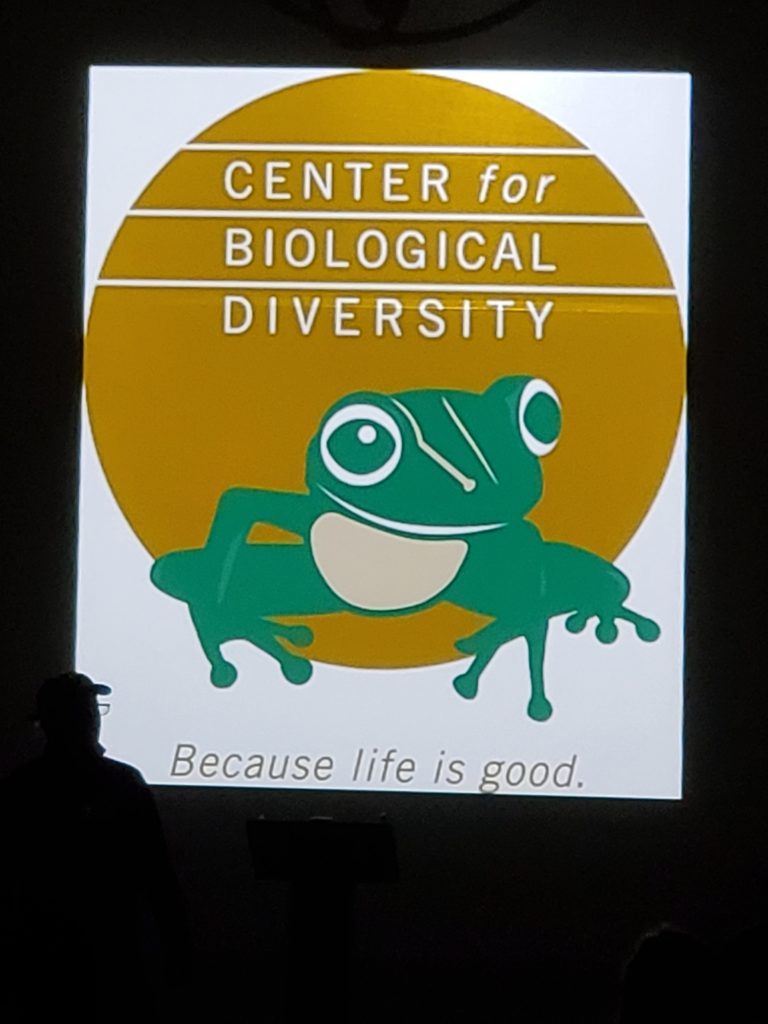
The event concluded on a hopeful note, with many participants, myself included, adopting agave plants to raise. It was a commitment, a promise to contribute personally to the recovery of the Mexican Long Nosed Bat, and a testament to the power of collective action.
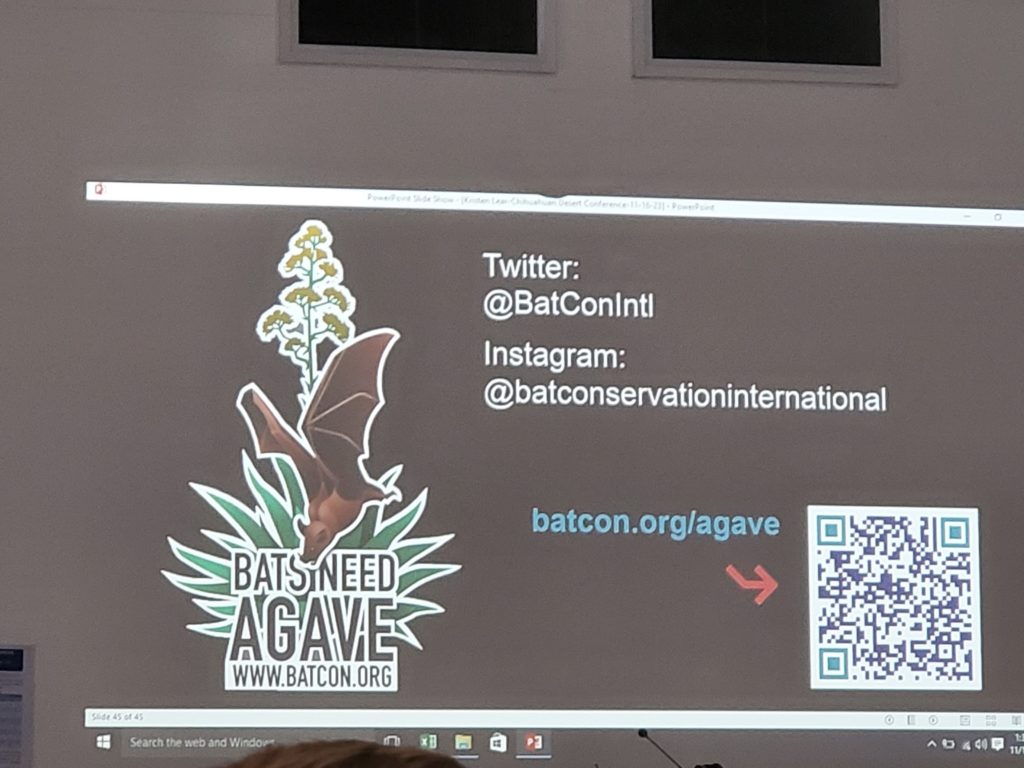
Looking ahead, the Chihuahuan Desert Conference left an indelible mark on all who attended. It was not just an event but a call to action, a reminder that each of us holds the power to effect change for the betterment of our planet. As the anticipation for the next conference builds, so does the determination to continue these vital conversations and actions for the preservation of our natural world. Go to https://chihuahuandesert.org/ to find out more information on our beautiful desert and upcoming related events.